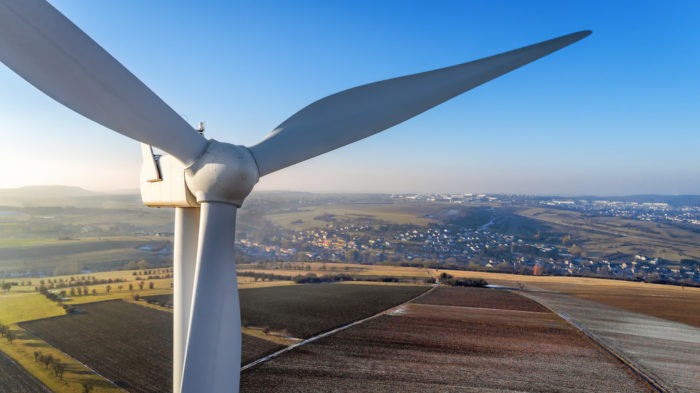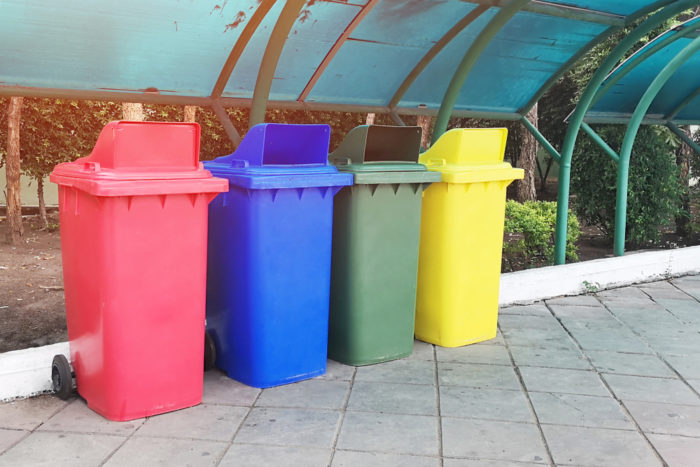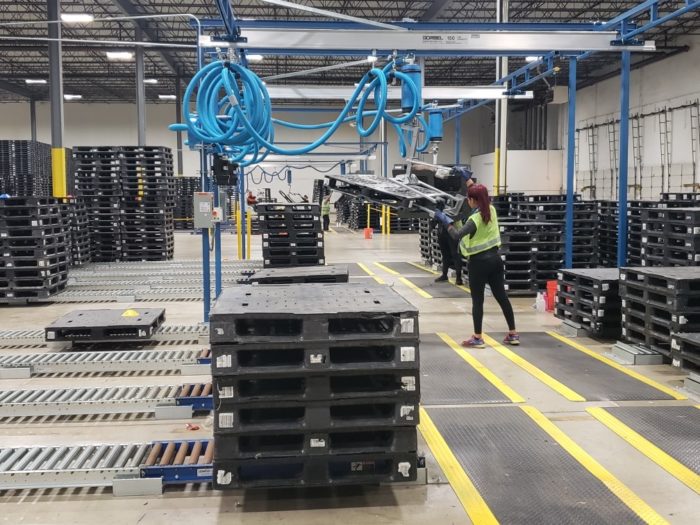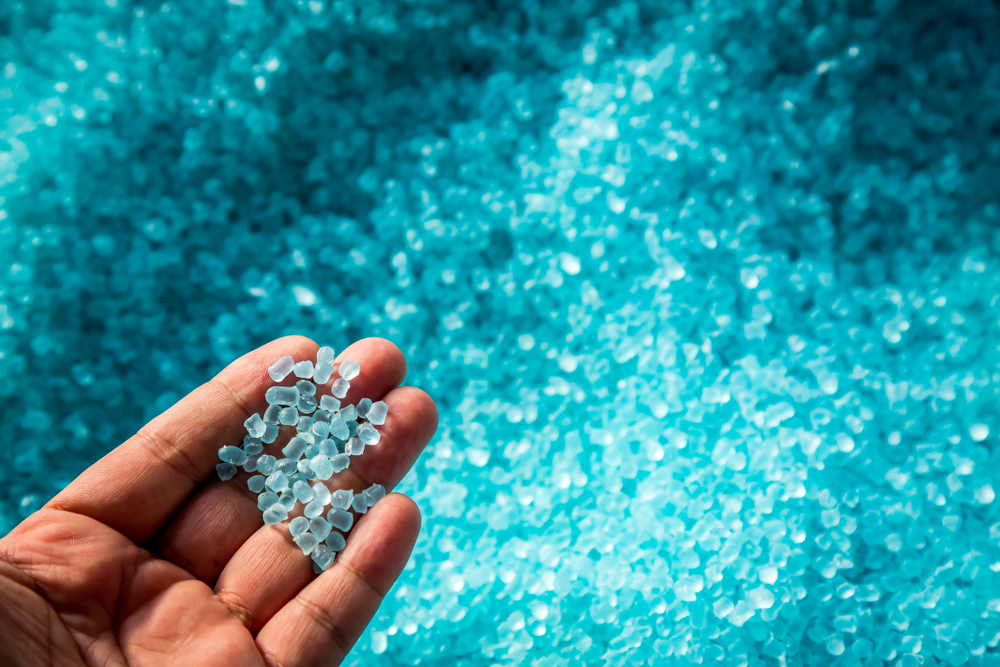The use of plastic is controversial and growing more controversial every day for two reasons. The first is that plastics are polymers generated from petroleum and petroleum byproducts. The oil industry has a controversial record of environmental mismanagement, and for some environmentally concerned persons, plastic’s origins from oil irrevocably taint it and give it no part in a sustainable future. The second criticism leveled at plastics is that they do not biodegrade and are building up in the environment, wildlife, and even in ourselves. While these criticisms might seem to rule out plastic as a sustainable material, the issue is more nuanced. The answer to the question, “Can plastic be sustainable?” is, in fact, yes. Not only can plastic be sustainable, but any vision of a sustainable future must include plastic.
The Advantages of Plastic As a Material
 The rise of plastic from a novelty to a necessity in just a few decades is due to its unique properties. These make it incredibly useful and are the reason it is used so widely today. The most valuable properties of plastic include:
The rise of plastic from a novelty to a necessity in just a few decades is due to its unique properties. These make it incredibly useful and are the reason it is used so widely today. The most valuable properties of plastic include:
- Lightweight: The most noticeable feature of plastic is how light it is for its strength. This property has allowed cars to be made lighter and therefore more fuel-efficient, and has enabled supply chains to transport more food and products per load due to lighter packaging (for example, through the use of plastic bottles instead of glass ones).
- Adaptable: Plastics can be manufactured to have a variety of different properties. Different additives increase the elasticity of plastic to make cling wrap or boost its rigidity to make piping for plumbing. Plastic is able to seal oxygen out of packaging, enabling food to last longer, or it can be formulated to allow air through as needed.
- Moldable: Plastic can be molded into a variety of forms simply by applying heat to it. This makes manufacturing everything from plastic films to toys a simple matter of applying low amounts of heat to plastic in a form. Metals like steel do not have the same advantages, as they require high heat, high pressure, and careful alloying in order to be molded.
- Durable: As a fully synthetic material, plastic resists decay. There are only a handful of organisms–and only one microorganism–known to be able to digest plastic. This means that anything made of plastic maintains its structure and durability for a very long time. Many plastics are also resistant to chemical solvents in ways that metals and naturally sourced materials are not. These two factors make plastic uniquely suited for use in infrastructure like water and sewer pipes and reduce the amount of maintenance needed to maintain these systems.
Plastic’s properties are also vitally important for building sustainable technologies and making existing infrastructure more sustainable.
The advantages inherent to plastic have proven to be a mixed blessing. Plastic’s durability makes it suitable for creating items that stand up to wear and tear, but also means that these items never truly return to their constituent elements. Additives and chemicals added to the plastic to give it certain properties can also leach into the environment and be taken up by organisms. Yet, plastic’s properties are also vitally important for building sustainable technologies and making existing infrastructure more sustainable.
Building practical carbon-free electric vehicles, for instance, heavily depends on the use of plastic to reduce weight wherever possible in order to extend these vehicles’ range. Widespread use of plastic in existing vehicles to reduce weight helps improve their fuel mileage, reducing carbon emissions. Wind turbine blades are made of reinforced plastic, and plastic is already used in the production of solar panels. Plastics may, in fact, be the key to unlocking the full potential of solar energy in the future. It is clear that we cannot do without plastic as a material, and equally clear that our use of plastics must change.
How Can Plastic Be Sustainable?
 The overwhelming majority of the plastic found in the environment is single-use plastic in the form of things like beverage bottles, straws, food wrappers, and other items that are meant to be used only once before being discarded. It is a testament to how inexpensive and easily manufactured plastics are that it is profitable to use a material with a lifespan of centuries to make items with a useful life of minutes. However, continuing to use plastics for such purposes obviously can’t continue. To use plastic sustainably, it’s necessary to reduce the amount of single-use plastics that make their way into the environment. This can be accomplished through a few different strategies.
The overwhelming majority of the plastic found in the environment is single-use plastic in the form of things like beverage bottles, straws, food wrappers, and other items that are meant to be used only once before being discarded. It is a testament to how inexpensive and easily manufactured plastics are that it is profitable to use a material with a lifespan of centuries to make items with a useful life of minutes. However, continuing to use plastics for such purposes obviously can’t continue. To use plastic sustainably, it’s necessary to reduce the amount of single-use plastics that make their way into the environment. This can be accomplished through a few different strategies.
The current business model used by most corporations is a linear one.
The most promising of these strategies is the implementation of a circular business model. The current business model used by most corporations is a linear one. A customer buys a product, uses it, and disposes of the packaging. In a circular business model, either the customer refills a container with product or the seller reclaims the container and reuses it. The circular economy and the packaging strategies that support it are the most promising methods for making plastic more sustainable. Large product packaging corporations are already trialing product refill programs in major cities and circular business models are already being enacted to make supply chains more sustainable.
Plastic Pallet Pooling Provides an Example of Sustainable Plastic
 One example of a truly circular economic model is pallet pooling. In this logistics model, the shipping platforms that products are carried on are rented from a company instead of being purchased outright. A pooled pallet rental program takes care of pallet inventory management and allows the pallets to be shared among many companies. Since pallets can be easily moved among customers and retailers in the same region, the use of pooled pallets eliminates dead miles and makes transportation more efficient, saving on fuel and reducing greenhouse gas emissions. The use of lightweight plastic pallets further enhances those fuel and greenhouse gas savings.
One example of a truly circular economic model is pallet pooling. In this logistics model, the shipping platforms that products are carried on are rented from a company instead of being purchased outright. A pooled pallet rental program takes care of pallet inventory management and allows the pallets to be shared among many companies. Since pallets can be easily moved among customers and retailers in the same region, the use of pooled pallets eliminates dead miles and makes transportation more efficient, saving on fuel and reducing greenhouse gas emissions. The use of lightweight plastic pallets further enhances those fuel and greenhouse gas savings.
Plastic pallets themselves are an example of cradle-to-cradle recyclability.
Because plastic is durable, easy to clean, and resists mold and mildew, the use of plastic pallets also reduces product loss due to damage by broken or visibly contaminated pallets. This helps supply chains make more efficient use of their current linear business models as they work toward a more circular one. Plastic pallets themselves are an example of cradle-to-cradle recyclability, as a plastic pallet at the end of its useful life can be recycled to make new plastic pallets. The pooled plastic pallet model provides an example of a way in which plastic can be sustainable through recycling and reuse within a responsible, closed-loop supply chain.
The iGPS pallet pooling program rents durable, recyclable plastic pallets that help companies build a more sustainable supply chain. To make the switch, give our team a call at 1-800-884-0225, email a specialist at switch@igps.net, or visit our contact page.



